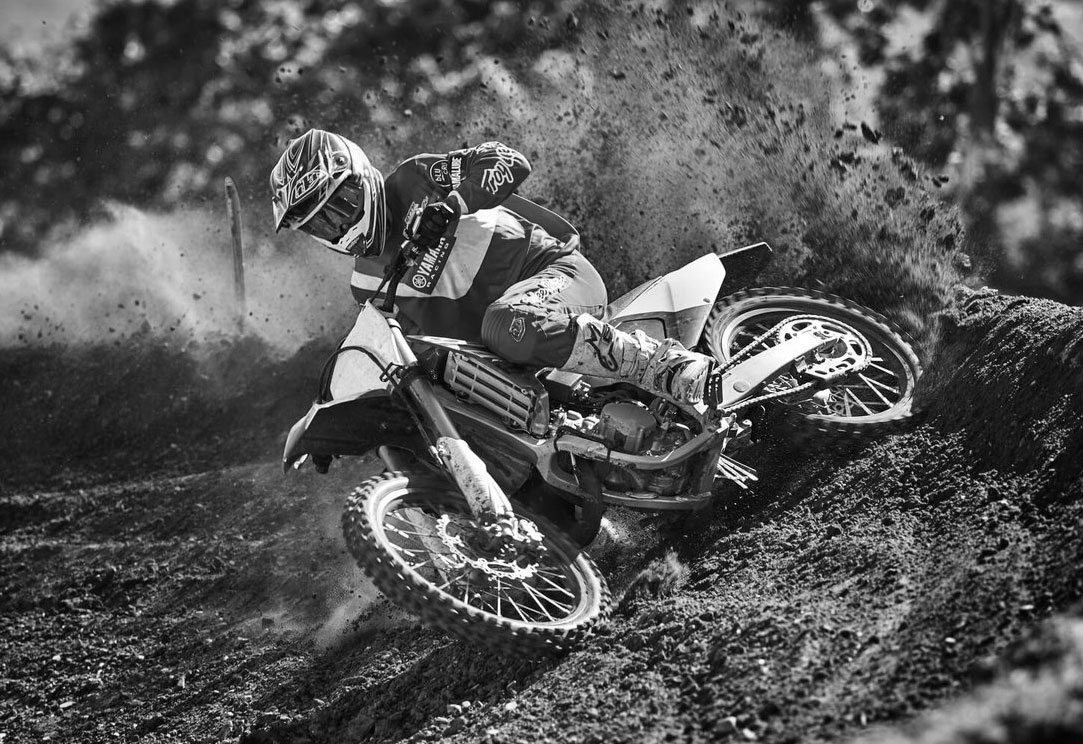Dirt bikes originated in the United Kingdom with a British-made off-road motorcycle known as the BSA. The same model became popular in the United States when motocross took off as a sport. In fact, motocross also got its start in Britain, where it is thought to have evolved from the 1909 Auto Cycle quarterly trial event into various dirt bike racing events that began to crop up in the 1920s. In the 1950s, dirt bike racing became popular in America and the first stadium race was held in Los Angeles in 1972. In the 1970s, Japanese manufacturers like Yamaha, Honda, Kawasaki, and Suzuki took over the dirt bike market and British manufacturers lost their dominance in the space. (Today, most dirt bikes are still made by these Japanese companies.) Interestingly, dirt bike engines tend to be small and not particularly powerful, typically ranging from 50 cc to 500 cc. The bikes are also lightweight and utilize materials like aluminum and plastic to achieve this. Finally, they are usually much taller than other types of motorcycles in order to accommodate their increased suspension and shock absorption needs. Over time, dirt bike technology has improved, and riders have set several impressive records, including Ryan Capes’ record for the highest dirt bike jump (an impressive 78 ft high!) and a distance jump record of over 300 ft (also achieved by Capes). Whether for sport or recreation, dirt bikes are now popular around the world, although they are generally made without important safety features and for this reason, they are not usually considered road-safe.

Your go-to guide for weird history facts
Subscribe to the FREE daily email that makes learning about history fun.


